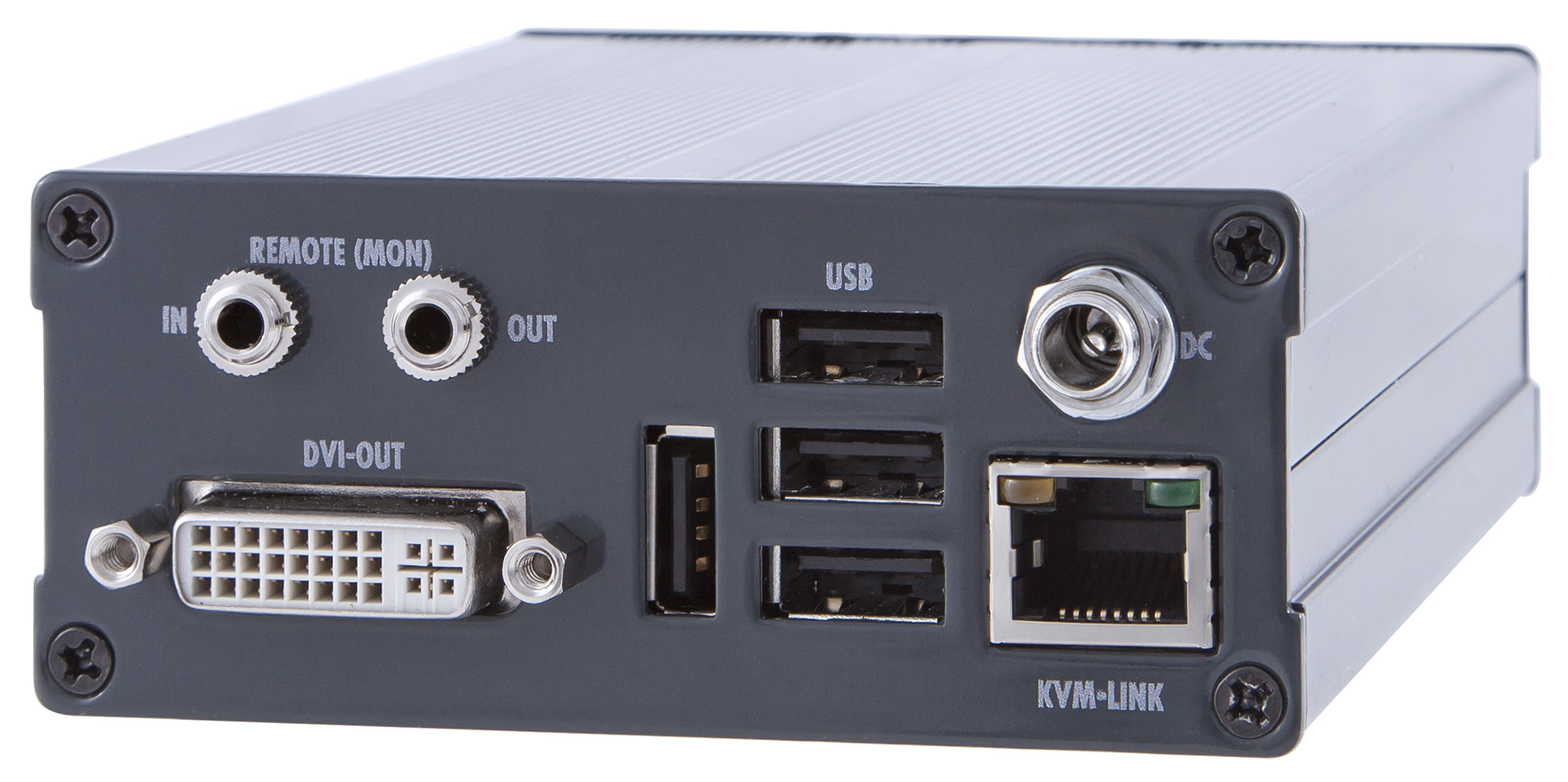IBC 2017: Riedel extends MediorNet MicroN capabilities, introduces MediorNet KVM
Building on the concept of software-enabled hardware, Riedel is extending MediorNet MicroN’s capabilities through the introduction of a new app. Riedel is also introducing MediorNet KVM (keyboard, video, mouse), a plug-and-play solution for MediorNet users interested in remoting PCs through their MediorNet networks. IBC2017 is the stage for the global launch of the MicroN IP App and MediorNet KVM, new interfaces that creates a bridge between MediorNet and IP networks.
 The MicroN IP App supports SMPTE ST 2110/AES67-compliant video and audio as well as baseband video (SDI) and audio (MADI). In combination with all the built-in glue features —including audio embedding/de-embedding, frame sync, sample rate conversion, audio/video delay, signal routing, and on-screen display — the MicroN IP App turns the device into a universal tool for all IP-interfacing needs. At the same time, the device can be fully networked with all existing MediorNet products. MicroN IP applications range from a stand-alone SDI-to-IP converter to a fully networked system with numerous different IP gateways and baseband inputs and outputs.
The MicroN IP App supports SMPTE ST 2110/AES67-compliant video and audio as well as baseband video (SDI) and audio (MADI). In combination with all the built-in glue features —including audio embedding/de-embedding, frame sync, sample rate conversion, audio/video delay, signal routing, and on-screen display — the MicroN IP App turns the device into a universal tool for all IP-interfacing needs. At the same time, the device can be fully networked with all existing MediorNet products. MicroN IP applications range from a stand-alone SDI-to-IP converter to a fully networked system with numerous different IP gateways and baseband inputs and outputs.
“The MicroN IP App is really the inevitable next step for the MediorNet ecosystem as we move ever closer to an IP future,” says Dr. Lars Höhmann, Product Manager at Riedel Communications. “With several I/O options and complete flexibility in placement, MicroN IP can create IP endpoints anywhere in an installation to create a truly hybrid signal-transport and processing environment.”
The MicroN IP App includes support for up to four MediorNet high-speed links, up to four SMPTE 2110-20 inputs and outputs, four baseband 3G-SDI signals, and eight 3G-SDI outputs. Four of these outputs are dedicated to monitoring the SMPTE ST 2110-20 streams.
Also supported are up to 128 channels of AES67 audio, two optical MADI ports, and sync I/O. MicroN IP is fully compliant with NMOS device discovery/registration and connection management or can be manually configured when used with non-NMOS devices, including SDP file import/export. Control can be achieved via MediorWorks software or through NMOS.
“Over the years we have had many requests for the ability to easily remote KVM data through the MediorNet,” says Höhmann. “MediorNet KVM provides a low-cost solution and a critical value-add for clients looking to include PCs in their MediorNet systems without adding complexity.”
MediorNet KVM comprises two compact plug-and-play boxes that provide the lossless transmission of DVI video signals up to full 1080P along with transparent USB 2.0 and stereo analog audio. The host-side box features a DVI-I input, loop DVI-I output, USB-B input, and 3.5mm jacks for audio I/O. The remote-side box has a DVI-I output, four USB-A outputs, and analog audio I/O. The KVM extenders utilize the MediorNet Ethernet tunnel capabilities and access the system via Ethernet ports available on the MediorNet frames.
Use cases for the MediorNet KVM include accessing a remote PC via Ethernet and the ability to move PCs away from desktops into properly air-conditioned areas. Switching can be accomplished by switching Ethernet tunnels via MediorWorks, the MediorNet Control App, or third-party control.
MediorNet KVM will begin shipping in the fall of 2017.
